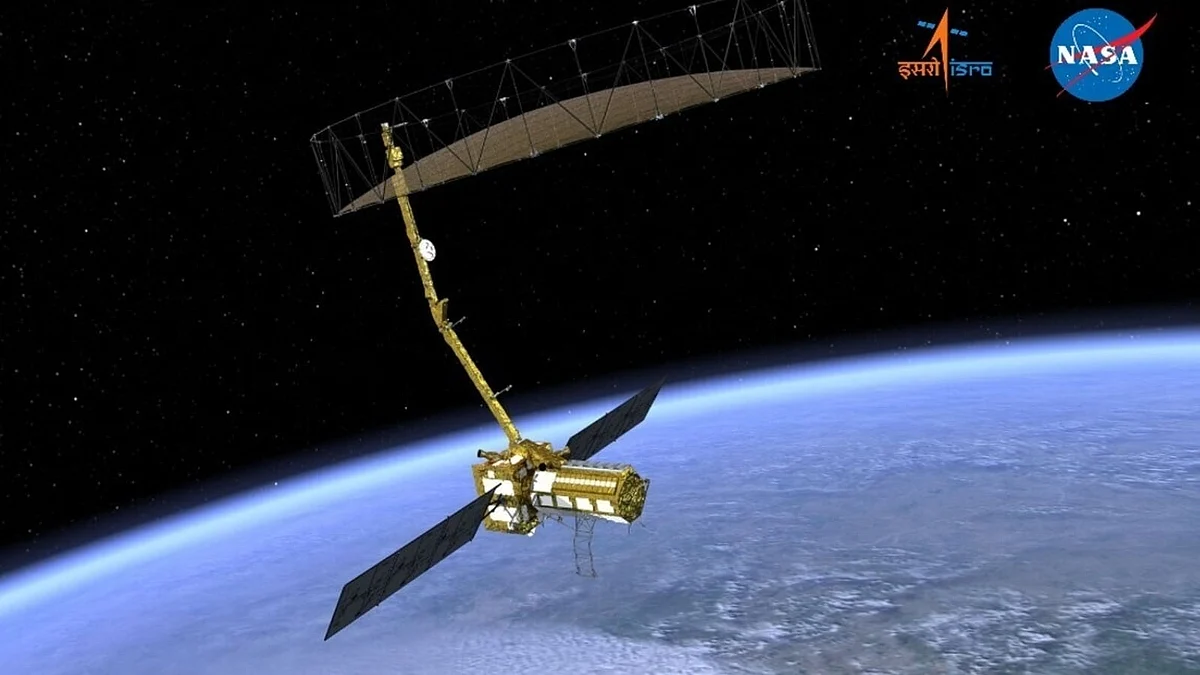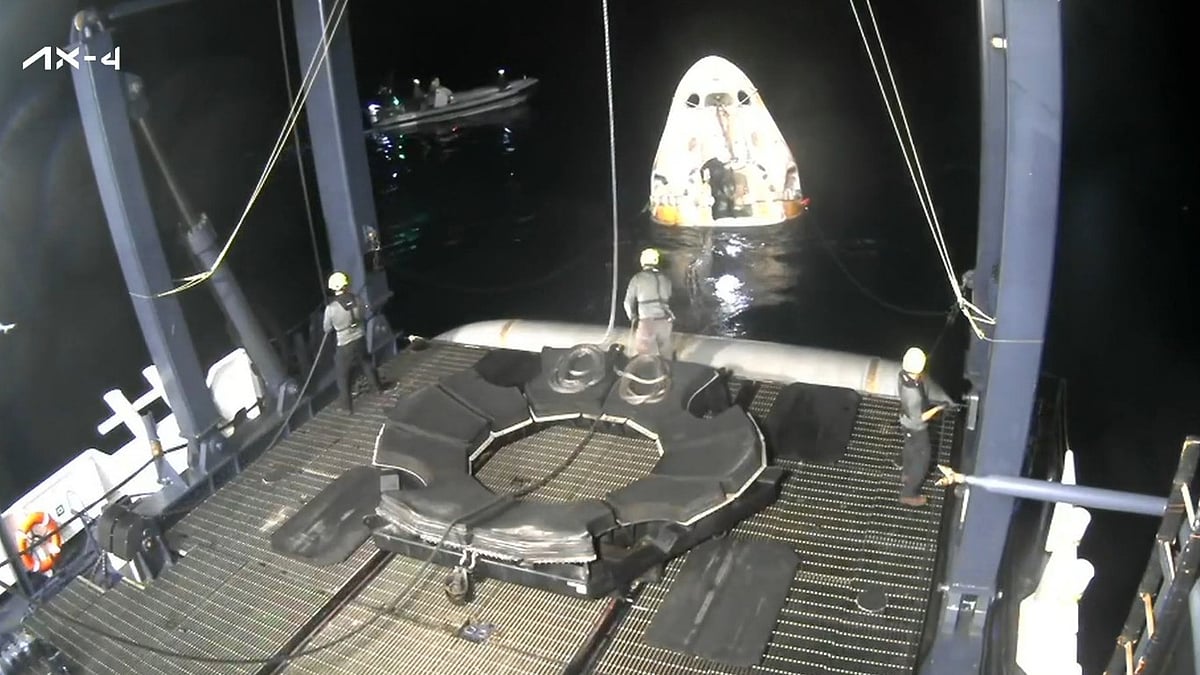Recent studies have underscored the significant role of black carbon in global climate change, ranking second only to carbon dioxide (CO2). Black carbon, primarily emitted from incomplete combustion of biomass fuels like wood and biofuels, poses a growing concern, particularly in the environmentally fragile Himalayan region.
Troubling increase in black carbon concentrations
Researchers from Hemwati Nandan Bahuguna (HNB) Garhwal University have detected a troubling increase in black carbon concentrations in glaciers, notably the Satopanth and Bhagirath-Kharak glaciers in the Central Himalayas. These glaciers, crucial water sources for the Alaknanda River, exhibit heightened black carbon levels during May-June and September-October.
The study revealed fluctuating black carbon concentrations ranging from 12 nanograms per cubic meter to 439 nanograms per cubic meter hourly. The peak concentration was observed in June (230.96 ± 85.46 nanograms per cubic meter), while the lowest occurred in August (118.02 ± 71.63 nanograms per cubic meter).
Threats of black carbon aerosols
Black carbon aerosols, characterized by their absorption potential, have the capacity to absorb visible-infrared solar radiation, consequently heating the surrounding environment. This poses a significant threat, with black carbon's global warming potential identified as next to carbon dioxide.
Human activities, including forest fires and increased diesel vehicle transportation, significantly contribute to black carbon accumulation in glaciers. Diesel-based vehicles have emerged as major contributors to this mounting threat.
Assistant Professor Dr. Alok Sagar Gautam and his team at HNB Garhwal University, in collaboration with the Atmospheric and Space Physics Laboratory, emphasize the urgent need to address black carbon's impact on natural resources and dependent ecosystems. They highlight the far-reaching effects on both social and economic activities in the region.
Why are Himalayan glaciers important?
"The retreat of glaciers and changes in the equilibrium line of altitude (ELA) have rapidly accelerated in the last few decades. Himalayan glaciers play a vital role in providing freshwater to upper river basins in Southeast Asia annually. Their sensitivity to atmospheric temperature and albedo changes may induce water scarcity in many glacier-fed rivers in Southeast Asia," said Dr. Gautam.
Earlier studies conducted in 2018 by researchers from the Wadia Institute of Himalayan Geology, Dehradun, signaled a significant increase in black carbon density near the Gangotri glacier. Similar risks were identified near other renowned pilgrimage sites like Yamunotri, Kedarnath, and Badrinath.
Furthermore, black carbon deposited on fresh snow diminishes the snow's albedo by absorbing shortwave radiation, exacerbating atmospheric warming. The subsequent increase in positive radiative forcing in the atmosphere intensifies warming.
Pilgrimage and tourism also pose challenges
According to data from the Badrinath Bulletin 2023, a significant influx of pilgrims and vehicles to pilgrimage sites like Badrinath Dham and Hemkund Sahib poses additional environmental challenges.
A 2021 World Bank study highlighted the critical role of Himalayan glaciers in providing freshwater to rivers like the Indus, Ganges, and Brahmaputra. However, the study also identified a troubling trend of rapid glacier melting attributed to increased black carbon, amplifying sunlight absorption and hastening glacier retreat.

Another researcher from HNB Garhwal University, stressed the need for immediate action. Laboratory study from May 2022 to June 2023 on rainfall in Srinagar revealed acidic rain with a pH ranging from 4.5 to 7.5. This increased acidity poses a severe threat to vegetation, rivers, fields, and human health due to pollution, including black carbon," experts warned.
As the threat of black carbon escalates, scientists and environmentalists emphasize the crucial importance of mitigating human activities contributing to accelerated glacier melting and its consequential environmental impacts.










